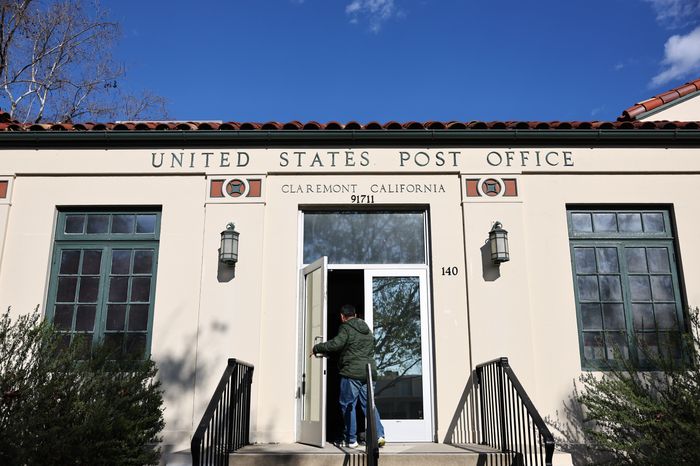The U.S. Postal Service (USPS) has proposed a significant rate increase, including raising the cost of a first-class stamp to 73 cents, in an effort to achieve financial stability. This article examines the rationale behind the rate hike, its potential impact on postal customers and businesses, and the broader implications for the USPS and the American public.
Understanding the Rate Increase: The USPS has requested a 7.8% rate increase, citing the need to address financial challenges and move towards self-sufficiency. The proposed hike includes a 5-cent increase for a “forever” stamp, as well as adjustments to postage rates for postcards, metered letters, and international mail. If approved by the Postal Regulatory Commission, the rate increase would take effect on July 14, 2024.
Rationale and Justification: Postmaster General Louis DeJoy has emphasized the necessity of rate hikes to remedy a “defective pricing model” that has persisted for over a decade. The USPS contends that the proposed increase is crucial for maintaining essential postal services, infrastructure, and workforce, amidst declining mail volume and escalating operational costs.
Impact on Consumers and Businesses: The rate hike will directly affect consumers, businesses, and organizations that rely on postal services for communication, shipping, and commerce. Higher postage costs may lead to increased expenses for businesses, particularly small enterprises and e-commerce retailers, which heavily rely on mail services for product shipments and customer communication. Additionally, individuals sending mail or packages will experience the immediate impact of higher postage rates on their budgets.
Addressing Postal Service Challenges: The USPS faces multifaceted challenges, including declining mail volume, increased competition from digital communication channels, and financial strains exacerbated by the COVID-19 pandemic. While the rate increase may provide short-term relief, long-term sustainability requires comprehensive reforms, innovative strategies, and modernization efforts to adapt to evolving consumer preferences and market dynamics.
Considerations for Regulatory Approval: The Postal Regulatory Commission plays a crucial role in evaluating and approving the proposed rate increase, considering factors such as affordability, service quality, and the USPS’s financial viability. Stakeholders, including consumer advocacy groups, businesses, and policymakers, will closely monitor the regulatory proceedings and provide input on the proposed adjustments.
Future Outlook and Strategic Imperatives: As the USPS navigates through its financial challenges and seeks to enhance operational efficiency, it must prioritize customer-centric solutions, technological innovation, and strategic partnerships to remain relevant and resilient in a rapidly evolving postal landscape. Moreover, fostering transparency, accountability, and public trust is essential for ensuring the USPS’s continued effectiveness as a vital public service institution.
The USPS’s proposal to raise stamp prices reflects its ongoing efforts to address financial constraints and adapt to changing market dynamics. While the rate increase may pose challenges for postal customers and businesses, it is a necessary step towards ensuring the long-term viability and sustainability of postal services. By fostering innovation, efficiency, and fiscal responsibility, the USPS can uphold its mission of delivering reliable, affordable, and universal postal services for the American public.
